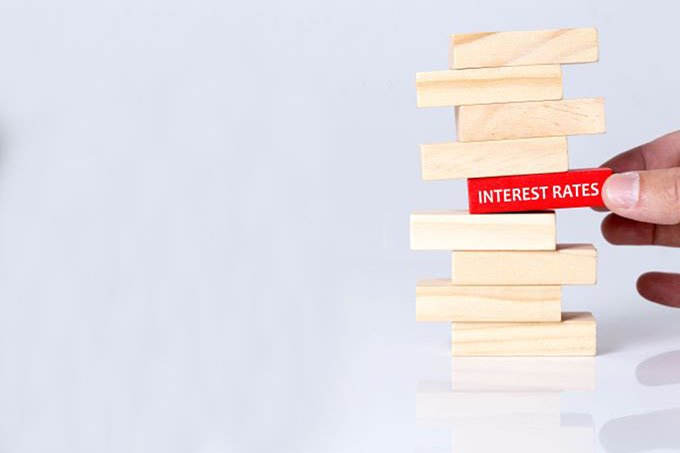 According to US Department of Labor data, consumer prices hit a 12-year high in April and rose by 4.2% (year-on-year), above expectations of 3.6% and the previous month’s 2.6%. In monthly terms, the Consumer Price Index (CPI) stood at 0.8%, higher than expectations of 0.2%, and the previous month's 0.6%.
According to US Department of Labor data, consumer prices hit a 12-year high in April and rose by 4.2% (year-on-year), above expectations of 3.6% and the previous month’s 2.6%. In monthly terms, the Consumer Price Index (CPI) stood at 0.8%, higher than expectations of 0.2%, and the previous month's 0.6%.
Excluding energy and food prices, the CPI went up by 3% in April (year-on-year), above forecasts of 2.3% and below the previous month's 1.6%. In monthly terms, it rose by 0.9%, above expectations of 0.3% and the previous month's 0.3%.
Many analysts attribute this rise in prices to increasing demand met with supply constraints, which suggests that this inflationary process may be short-lived. However, there are still fears that inflation will be persistent, which will push the Federal Reserve to reconsider its ultra-loose monetary policy stance.
Other factors that may be triggering inflation are labor shortages and rising commodity prices, the latter mainly caused by interruptions in the supply chains.
Certain components of the Consumer Price Index made historic gains. Gas prices went up by 50% in yearly terms, while used cars and truck prices climbed by 10% in monthly terms.
"There is uncertainty over how long inflation is going to exist within the current economic recovery because we can see increases in housing prices, commodities around the world and increase in demand for goods and services," commented an analyst at MJP Wealth Advisors. "The uncertainty over the path of rates and inflation is making investors reconsider their portfolios, especially in technology stocks and others that had done really well last year.”
After the announcement, the US dollar went higher. This happened because rising prices often make the markets bet for an interest rate hike, though subsequent claims by Federal Reserve representatives dampened this optimism.
The Federal Reserve has been claiming that it is not willing to change its policy based on single data points. At the moment, the bank is keeping near-to-zero interest rates and is making aggressive asset purchases in an attempt to aid economic performance, which has been heavily affected by lockdowns.
For some time, the Fed has been saying that we must expect inflation in the near term, especially now that the US economy is getting back to normal. The US is now amid a very ambitious vaccination campaign in an attempt to stop the advance of the COVID-19 virus. Since the beginning of the pandemic, 33,586,136 coronavirus cases have been reported in the United States, including 597,785 deaths, making it the most affected country in the world.
By 10:22 GMT, the US Dollar Index, which measures the performance of the greenback against a bundle of its main competitors, gained 0.17%, hitting the 90.87 level.

